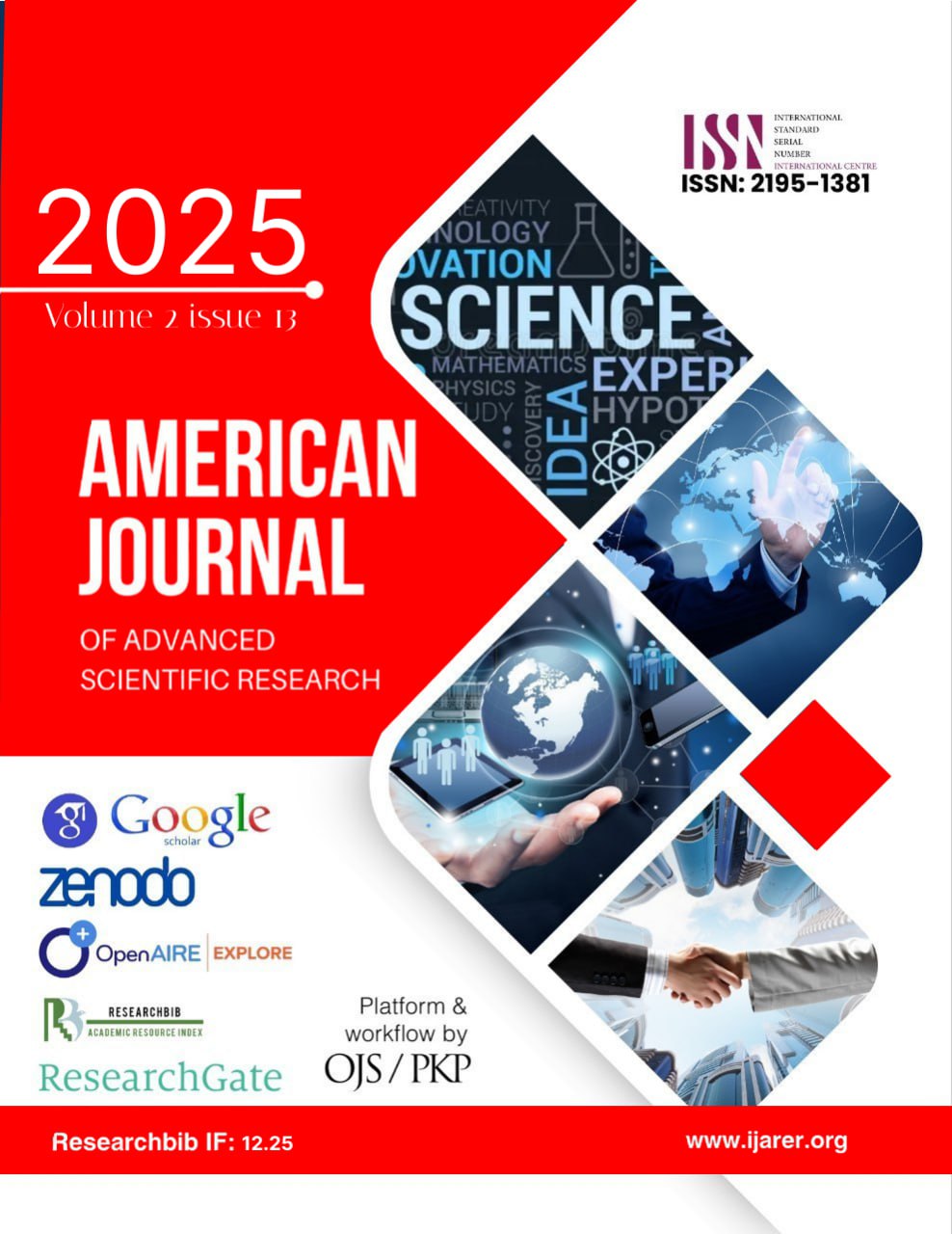ANTIARRHYTHMIC DRUGS, THEIR RANGE OF APPLICATION AND ADVANTAGES OF MODERN ANTIARRHYTHMIC DRUGS
Keywords:
Cardiac arrhythmias, acute cardioversion, antiarrhythmic treatment, rhythm regulation, atrial fibrillation, therapeutic indications.Abstract
Arrhythmias of the heart continue to be a leading cause of death and disability. Despite their limited efficacy and the possibility of serious adverse proarrhythmic effects, antiarrhythmic medications (AADs) and antiarrhythmic agents continue to be a mainstay of modern cardiac arrhythmia treatment. The number of new antiarrhythmic targets and drugs in the development pipeline has
significantly declined over the past few decades due to conceptual, regulatory, and economical factors. There are still a number of intriguing options, though, and there have been some exciting advancements in the repurposing and reformulation of already-approved medications for use in cardiac arrhythmia-related diseases. This review outlines new compounds and formulations currently in clinical development for the rhythm regulation of atrial fibrillation, examines the important conceptual issues for the development of new antiarrhythmic medications, and emphasizes the possibility of therapeutic repurposing. Lastly, the topic of future directions for AAD development is covered. These factors, along with a growing knowledge of the molecular mechanisms behind cardiac arrhythmias, contribute to a cautiously hopeful view of better pharmacological therapy options for individuals with cardiac arrhythmias.

